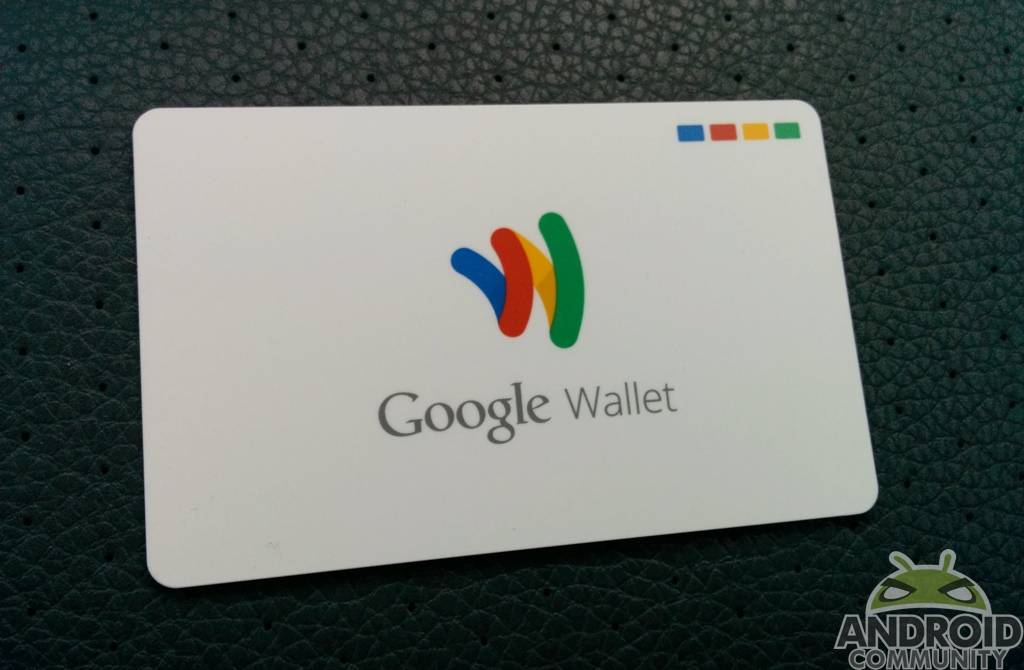
Google introduced the Wallet Card back in late-November. The card, actually a MasterCard debit is automatically attached to your Wallet account, which ultimately means users have another way to use the Google provided service. We remember seeing plenty of people requesting, then later receiving a card for their personal Wallet account. But now several months later, we are wondering how many are actually being used.
And of those being used — how? Having asked, we’ll also share a personal use case for the physical Wallet Card. The card actually works rather well to give a weekly allowance. In our case, the card went to a sixth-grader and means she is now able to spend money online without having to ask for a credit card. It also means she can visit the mall with friends, and not have to worry about asking for money before she leaves.
The perks on the parent side include being able to easily give the weekly allowance. By easily we mean without having to visit an ATM ourselves. It also means not having to get change of a $20 after visiting said ATM. Instead we visit our Google Wallet account and send the money over from the attached bank account. The money generally transfers within the minute.
On the kid side this means a bit of freedom. And ultimately, we feel it will teach some responsibility. She needs to be careful where she shops, and also needs to learn how to manage money. By that we are taking about saving for big purchases, and simply — not spending all the allowance the instance it arrives in her hand.
Google Wallet also sends email receipts (which in this case go to the parent), which makes it easy to monitor spending. So far this has been a rather positive experience (on both the parent and kid side), but there could be some potential issues. For one, the card doesn’t have her name. That could cause an issue in-store, but in our experience using the card, many merchants see the white and naturally associate gift card of some sort.
Losing the card could also be bad, but thankfully you can set things such as the daily ATM limit. The card also will not automatically pull from your account. A potential drawback for some would be having two kids getting an allowance as Google only allows for one card per account.
To close out on a positive note — another perk for using the Wallet Card over a regular prepaid debit card is huge — no fees.










Forgot my debit card one day, loaded some $$$ onto the Wallet card and picked up groceries on the way home instead of having to go back out.. Its winter, Thanks Google.
i use it to send money to family. no fees no need to do the whole routing number thing. just send thru gmail and you’re set.
Use the card whenever i got out to bars or restaurants. Let me see what i was charged for right away so you don’t have to worry about tip adjusters, also let you set a limit on what you want to spend for the night.
I leave the card in my car. Sometimes I forget my wallet at my work desk, but I almost always have my phone on me. I use the phone to add a few bucks to the card and I can use it to buy food for lunch or whatever in emergencies when I’m off on lunch break.
I use mine all the time. I put an “allowance” for myself for the week on the card, and leave my debit card in my wallet or at home. Refilling it is as easy as taking out my cellphone. I love this thing.
I’ve been using my Google Wallet card constantly since receiving it in November. For me, I transfer a weekly allowance from my bank account to my Wallet account. My wife and I each take out a weekly allowance for personal purchases. Using Google Wallet keeps our bank account history nice and clean; it just shows that I transferred money out of the account for myself instead of cluttering the transactions with multiple purchases for fast food or Android apps. Plus it makes it easier to spend money online for virtual goods through Steam, Humble Bundle, Play Store, etc.
This is exactly how I’m using my card. Nice article!